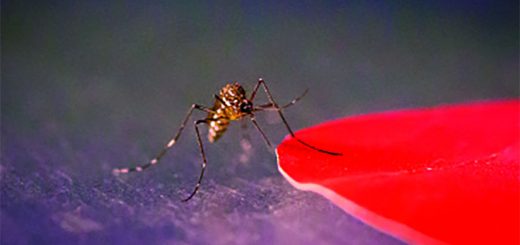Crocodiles are alarmingly attuned to the cries of human infants
Whether they’re in mortal peril or just suffering from indigestion, infants across the animal kingdom cry out to tell their parents they need help. Unfortunately for them, the parents aren’t the only ones attuned to the cries of their vulnerable young. Nile crocodiles are uniquely sensitive to the wails of distressed primate babies, according to a new study—and the more anxious the cry, the more interested the crocs become.
Indeed, according to the research, published today in the Proceedings of the Royal Society B: Biological Sciences, the reptiles are even better at identifying the emotional cues hidden in the wails of babies than we are—perhaps because they’ve evolved to home in on helpless prey.
“Oh, what a pity … yum, yum!” jokes Stephan Reber, a cognitive zoologist at Lund University who was not involved in the study. On a more serious note, he says, the work raises the possibility that emotion may be communicated across species lines in more ways than scientists thought. “If crocs can do it, it probably means that many, many more animals can do it.”
To make the gruesome find, Nicolas Grimault, a bioacoustician at the University of Lyon, and colleagues visited a zoo in Agadir, Morocco, that houses more than 300 Nile crocodiles (Crocodylus niloticus)—a predator particularly well suited to hunting primates and other mammals. The researchers set up loudspeakers alongside four ponds, where, at each, as many as 25 crocodiles sunbathed on red rock ledges. The speakers blared out a series of cries from chimpanzee (Pan troglodytes), bonobo (P. paniscus), and human infants, captured in a variety of situations in order to document a wide range of emotion. The human infants, for example, were recorded both during bath time and vaccination. (You can listen to the sounds yourself in the videos below.)
Many of the crocs, male and female, responded to the cries by seeking out the source of the sound, rapidly approaching the loudspeaker and sometimes even biting it. But their response depended on the characteristics of the cries they heard: Crocs were more likely to respond to recordings with acoustic features known to correlate to highly upset infants such as disharmony, noise bursts, and uneven tones reminiscent of radio static.
The reptiles seemed to be identifying the most distressed prey on the basis of their cries, Grimault says—a smart strategy for an animal that is a highly opportunistic hunter. “A baby might not scream at the top of its lungs if it’s with its mother,” Reber adds, “but it might … if it fell into the water.”
On average, about one in five crocodiles responded to recordings of human infants experiencing low levels of distress, whereas about one-third responded to the cries of severely distressed human babies. Surprisingly, the crocodiles seemed even better at detecting distress in the cries than humans were. When the researchers asked human volunteers, all of whom had experience with human infants, to listen to the same recorded cries and estimate the level of distress communicated by the sounds, the participants used different features than the crocs did to evaluate the sounds, basing their decisions largely on the pitch of the cries.
Pitch is one clue to distress, but it varies among individuals and across species. That makes it less reliable than the alternative acoustic clues, like disharmony and noise bursts, picked up on by crocodiles. The human subjects’ preference for pitch made them prone to errors, such as consistently rating bonobo cries as severely distressed because of their high frequency. Meanwhile, by focusing on universal signs of distress like staticky disharmony, the crocs consistently responded to distress across species lines.
That’s a remarkable result, given the wide evolutionary gap that separates crocodiles and their relatives from primates, Reber says.
Still, it’s possible that some of the crocodiles were acting out of parental concern, rather than blood lust, Grimault and colleagues say. Nile crocodile mothers respond to distress calls from their own young, and their attempts to bite the loudspeaker might not be as bad as they look—mother crocodiles are known to gingerly pick up their own babies in their jaws. However, “I have no reason to believe that the crocs want to protect the baby,” Reber says. “My gut feeling from working with crocs over the years is … I don’t think that will be the case.”

















Recent Comments